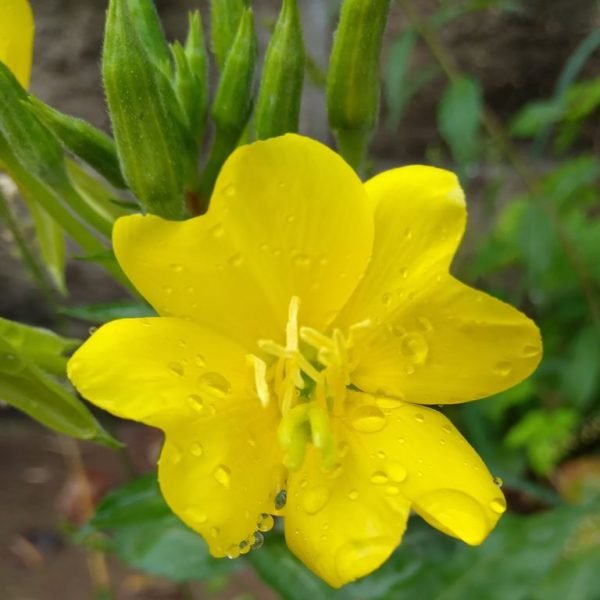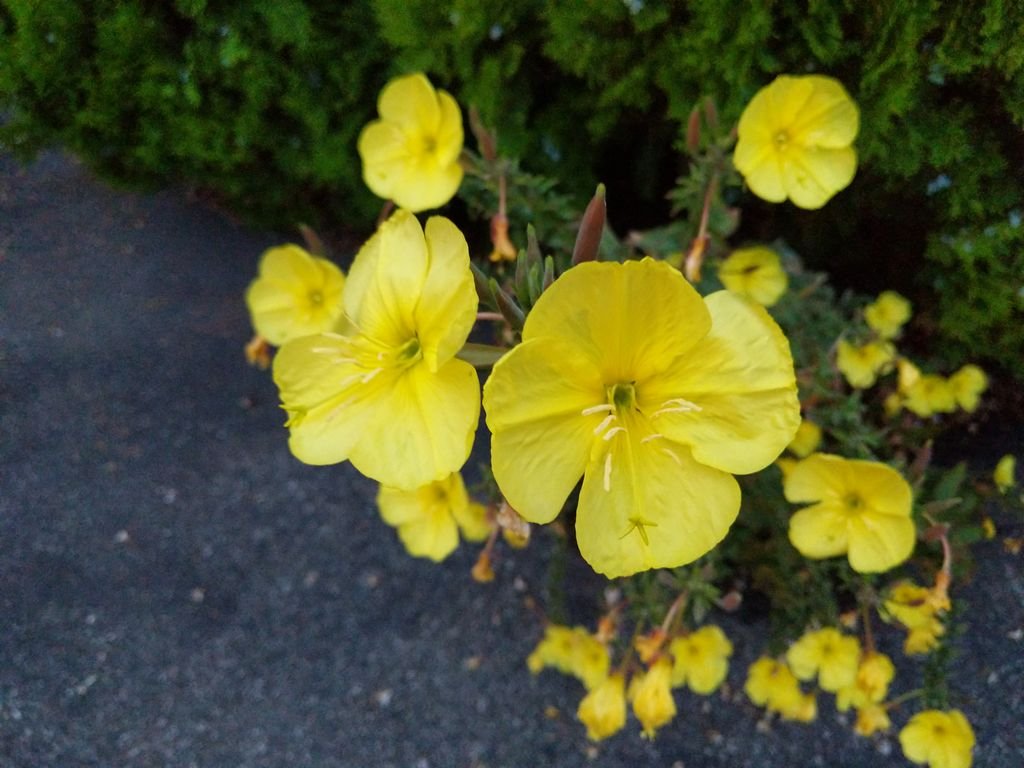Common evening primrose (Oenothera biennis) is a plant in the annuals and biennials category that can grow 50cm – 1.5m tall and 10cm – 50cm wide. In this growing guide we’ll learn the cultivation details and how to plant Common evening primrose (Oenothera biennis).
This plant has several common names including: common evening primrose, coffee plant, cure-all, fever plant, field primrose, four o’clock, German rampion, large rampion, night willowherb, scabbish, scurvish or wild four o’clock.
This is a deciduous plant that takes 1-2 years to reach full maturity.
In this article
Plant profile
Common name: common evening primrose, coffee plant, cure-all, fever plant, field primrose, four o’clock, German rampion, large rampion, night willowherb, scabbish, scurvish, wild four o’clock
Scientific name: Oenothera biennis
Plant type: Annual / Biennial
Habit: Columnar / Upright
Height: 50cm – 1.5m
Spread: 10cm – 50cm
Foliage: Deciduous
Sunlight: Full Sun, Partial shade
Soil: Loam, Sand
Moisture: Well drained
Garden type: Informal Garden, Wildflower meadow
Planting type: Flower borders and bedding
Seasonal colors
| Season | Stem | Foliage | Flower | Fruit |
|---|---|---|---|---|
| Spring | ||||
| Summer | ||||
| Autumn | ||||
| Winter |

How to plant Common evening primrose (Oenothera biennis) – Cbaile19, CC0, via Wikimedia Commons
Annuals and biennials are ideal for formal or informal flower beds, but also for growing in pots and containers of all kinds. They are important plants for their rapid growth, instant color and relatively low cost.
They are also useful plants for filling spaces between newly planted trees and shrubs, as well as in perennial beds that may need to be revived after the first spring bloom.
They are an important ingredient in country house gardens and wildflower meadows.
[yarpp template=”yarpp-template-genus” require_tax='{“genus”: 1}’]
How to plant
In this section we will learn how to plant Common evening primrose (Oenothera biennis), know its needs in terms of soil, watering and sun exposure.
Soil
Common evening primrose (Oenothera biennis) is a plant that prefers to grow in loam or sand.
-
The loam soil is dark, rich in organic matter but balanced in minerals. It offers the best of all worlds, retaining enough water for the plants, but allowing excess moisture to drain away. This is the most desired type of garden soil, perfect for most plants.
-
Sandy soil is light, porous and very easy to drain. It is a soil poor in organic matter and nutrients. It is composed of relatively large mineral particles that allow water to drain quickly.
It is not very sensitive to soil acidity or alkalinity and grows well in soils with pH acid, alkaline or neutral.
Regarding drainage, Oenothera biennis likes to grow in well drained soil.
Sunlight
Common evening primrose (Oenothera biennis) is a plant that should be grown in full sun or partial shade positions.

Cultivation profiles – Growing Common evening primrose (Oenothera biennis) – Cbaile19, CC0, via Wikimedia Commons



